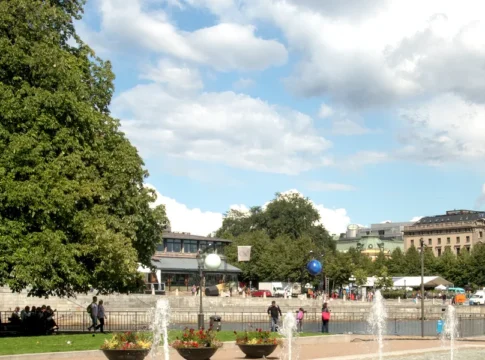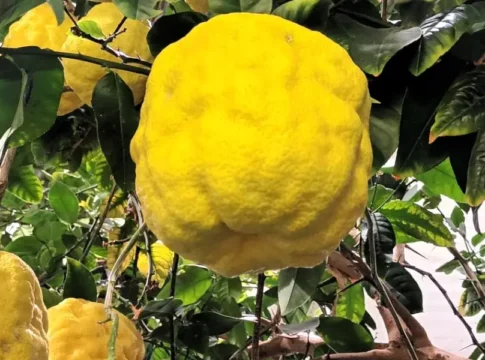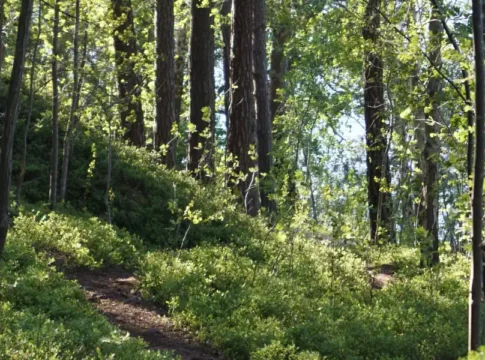Haga Park: Nature, royalty, and cultural heritage
Haga Park (Hagaparken), a serene English-style landscape park initiated by King Gustav III in the late 18th century, blends royal history with natural splendor. Explore landmarks like Gustav III’s Pavilion, the Copper Tents, and the Butterfly House while strolling through lush meadows and lakeside paths.
Part of Stockholm’s Royal National City Park, it offers a tranquil escape with architectural gems and vibrant biodiversity, reflecting Sweden’s cultural and ecological heritage.


🎶 Bellman and Haga Park: A cultural symbiosis
Gustav III’s contemporary, the well-known troubadour Carl Michael Bellman, contributes to the park’s diverse cultural fabric. Bellman’s writings, poetry, and compositions greatly add to its cultural significance.
One of his most famous works, “Fjäriln vingad syns på Haga” (The winged butterfly appears in Haga), pays special homage to this royal retreat.
🌳 The Royal National City Park
In 1935, Hagaparken was declared a state architectural monument, recognizing its architectural and historical significance. Since 1994, it has been a vital part of Sweden’s first national urban park—the Royal National City Park.
🦋 Attractions and activities
This park has something for everyone—history buffs, nature lovers, or those seeking tranquility. Stroll the beautiful paths, enjoy a lakeside picnic, or simply relax in the peaceful atmosphere. Don’t miss the Butterfly House, where Bellman’s famous ode to butterflies comes alive.






🏰 Haga Park’s royal structures
- 👑 Haga Palace: Built between 1802 and 1805 as a royal residence, today it is home to the Crown Prince Couple of Sweden.
- 🏛️ Gustav III’s Pavilion: A stunning neoclassical residence and site of the king’s fateful departure for the opera in 1792.
- ⛺ The Copper Tents: Designed by architect Louis Jean Desprez for the royal guard, these unique tent-shaped buildings add color and history to the park.
- 🏚️ The Great Haga Castle Ruin: The unfinished remains of Gustav III’s dream of a grand castle, abandoned after his assassination.
✨ Haga Park: Discover more
Haga Park is more than just royal buildings—it is a living landscape of meadows, forests, and lakeside paths. Its varied scenery makes it one of Stockholm’s most beloved escapes for walking, picnics, and quiet reflection. Whether you come for history, nature, or leisure, the park offers a timeless and inspiring experience.





